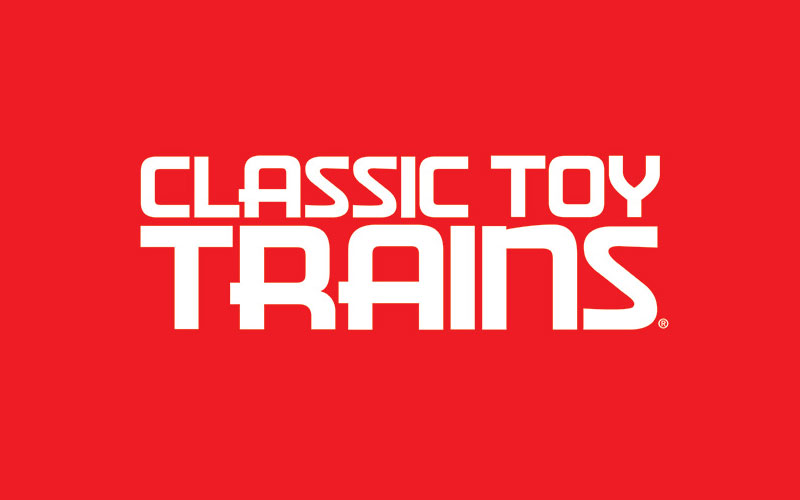
Are you aware of any kind of commercial device that can prevent Lionel and MTH trains from running in reverse? Whenever any of my young grandchildren try to run a freight train in reverse, the cars inevitably derail and ruin our fun. This is an interesting problem to have! I can’t think of any device […]
Read More…
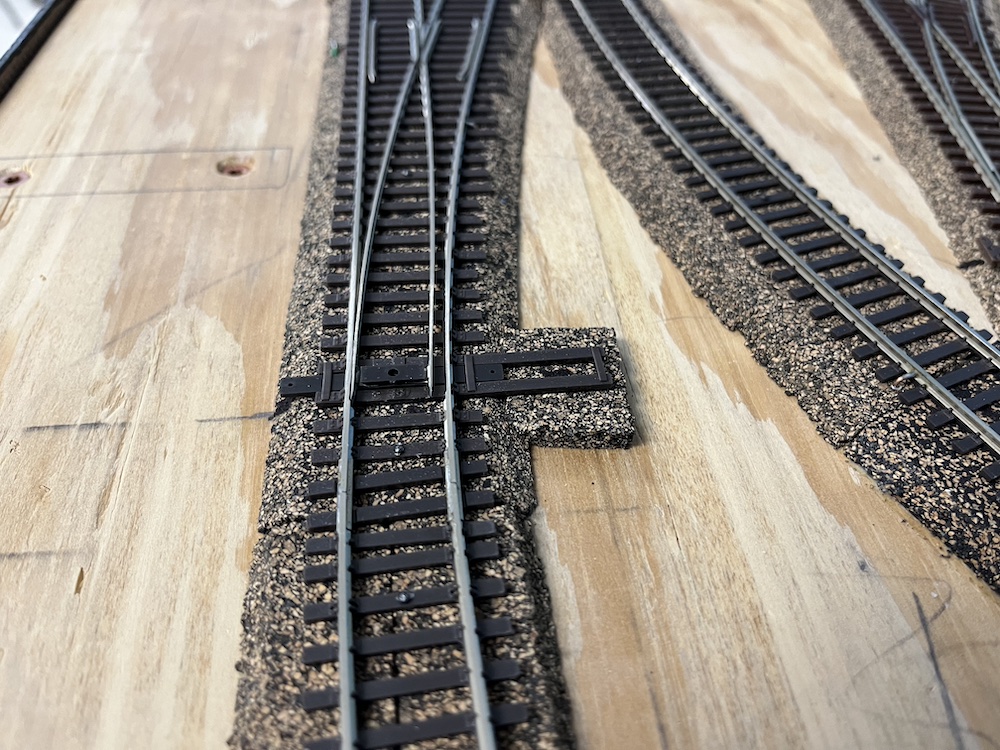
Learning how to install roadbed at a turnout, a place where tracks meet or diverge, is a valuable skill for all model railroaders to have. Installing strips of cork or foam roadbed for straight or curved tracks is a straightforward process. Mark the center line, split the roadbed sections into flexible strips, and glue them […]
Read More…
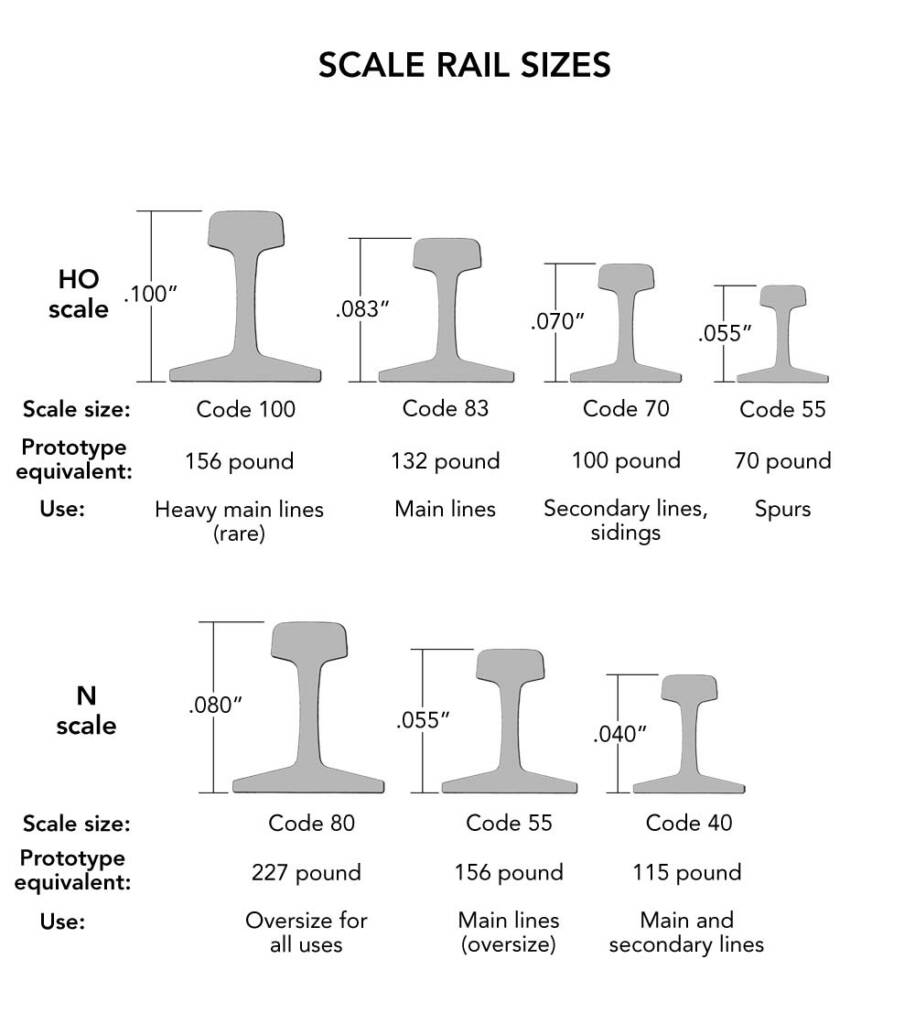
Track selection is among the first decisions you’ll have to make when you get started in model railroading, second only to scale. In HO (1:87.1), the two most commonly used track sizes are code 100 and code 83. “Code” refers to the height of the rail, measured in thousandths of an inch. For a lot […]
Read More…
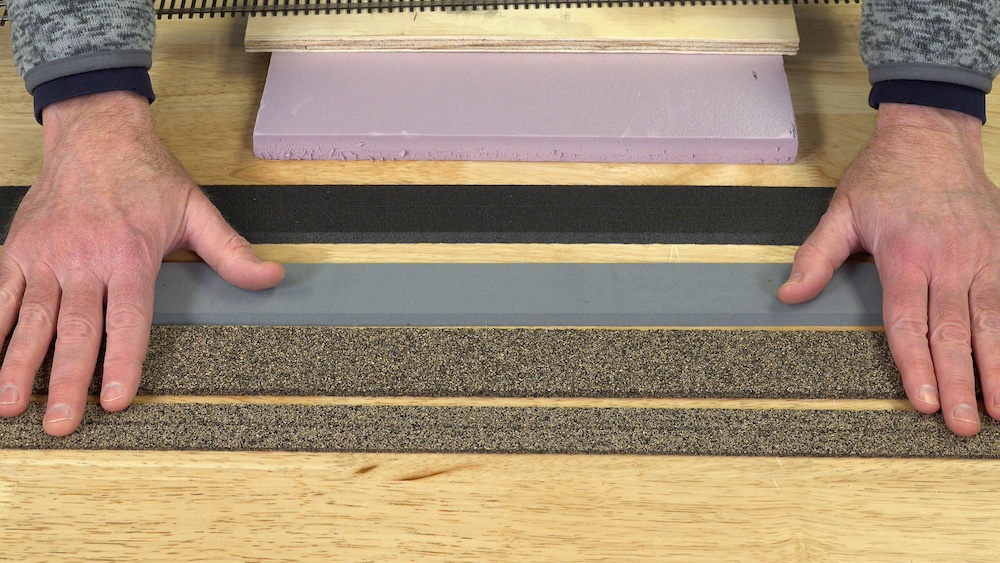
For model railroaders choosing a separately applied roadbed for laying track, two popular options dominate: cork and foam. Each has its own strengths and weaknesses, as well as impacting factors such as ease of installation, durability, and realism. Let’s dive into the details and help you make an informed decision on cork vs. foam roadbeds. […]
Read More…
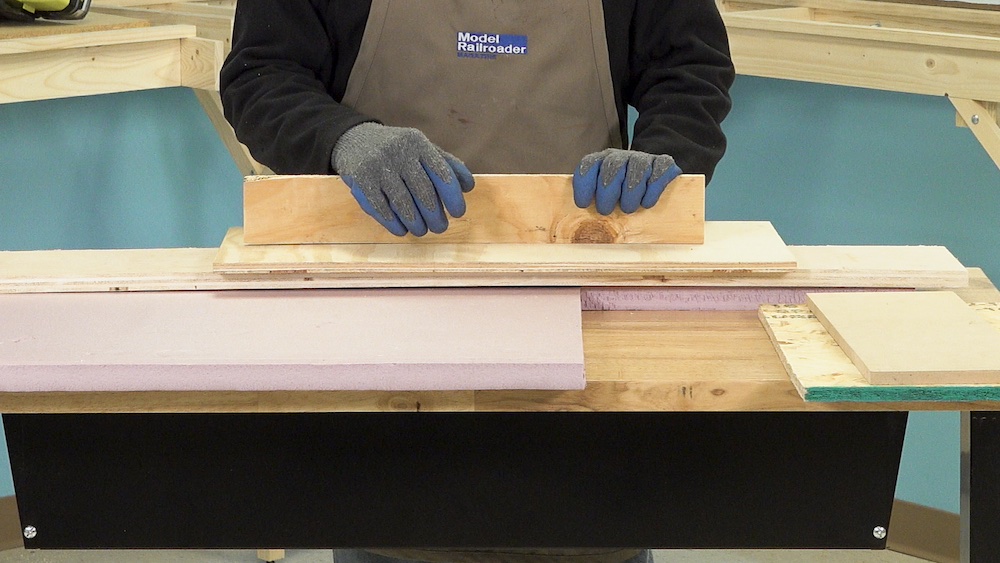
“Which type of subroadbed is right for me?” It’s a question that is especially asked by beginners. The subroadbed is the material that you place under your roadbed, track, and often scenery. It serves as the foundation for your model railroad, so choosing the correct material is very important. Before evaluating good subroadbed options, let’s […]
Read More…
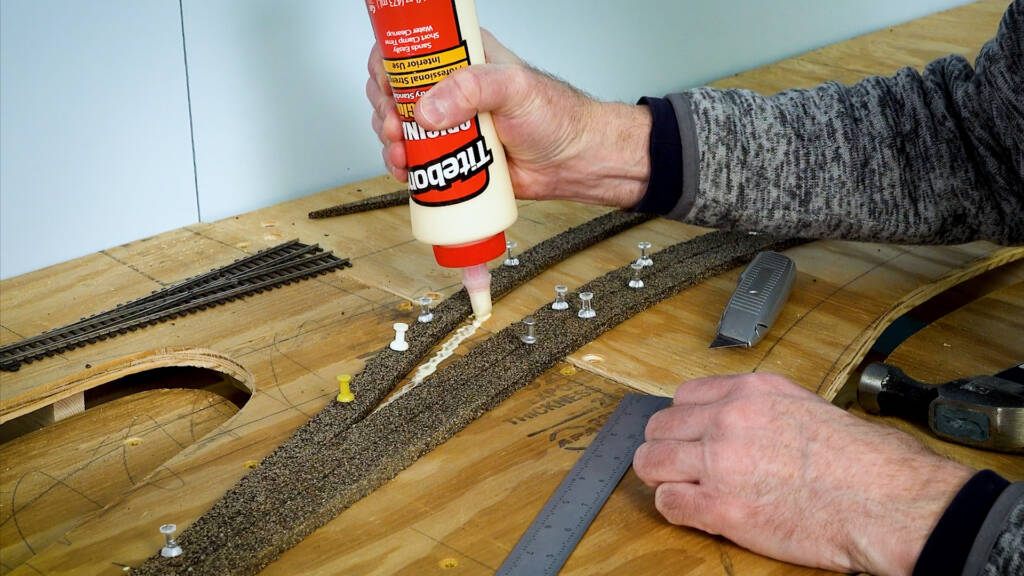
Installing roadbed at turnouts | Watch and learn how to lay cork roadbed material under track switches of any scale or gauge. Follow along with David’s helpful tips and tricks, and you’ll be well under way to providing a smooth and level base for under the most critical locations of your model railroad trackwork! Be […]
Read More…
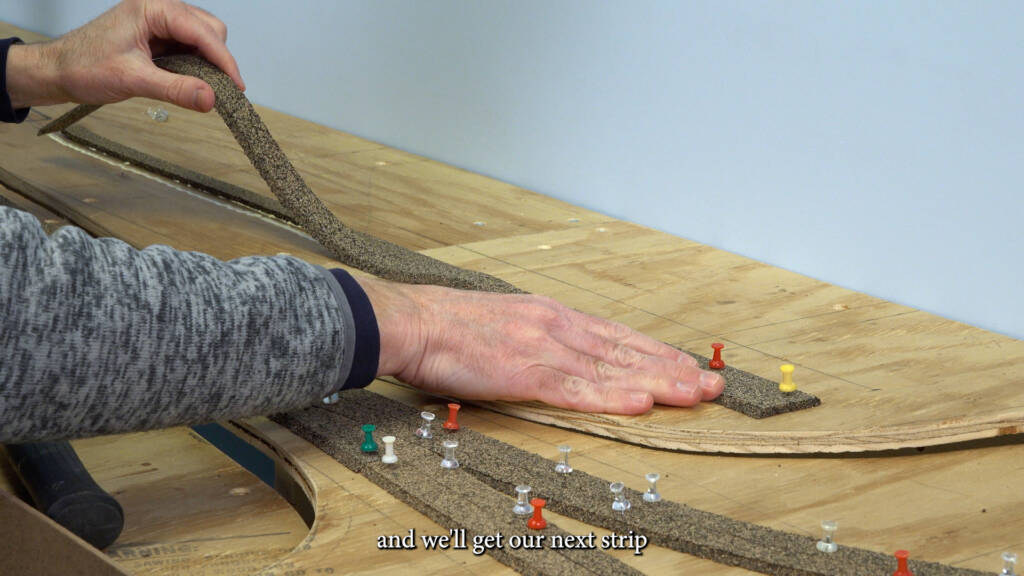
Choosing roadbed | While adding track to your subroadbed layout base is an possible, you’ll want to consider installing an additional, more realistic layer of material specifically designed to support and secure your trackwork. Follow along as David shares various roadbed options that can be used across layouts of all sizes and scales! Be sure […]
Read More…

Common name: Trailing lobelia, edging lobelia, annual lobelia Latin name: Lobelia erinus ‘Riviera Sky Blue’ Plant type: Annual Plant size: 8-10″ high and spreading USDA Hardiness Zones: 10-11 for overwintering, all Zones as an annual Cultural needs: Moist soil, sun or part shade, fertilize regularly for continuous blooming So few miniature plants have such a […]
Read More…
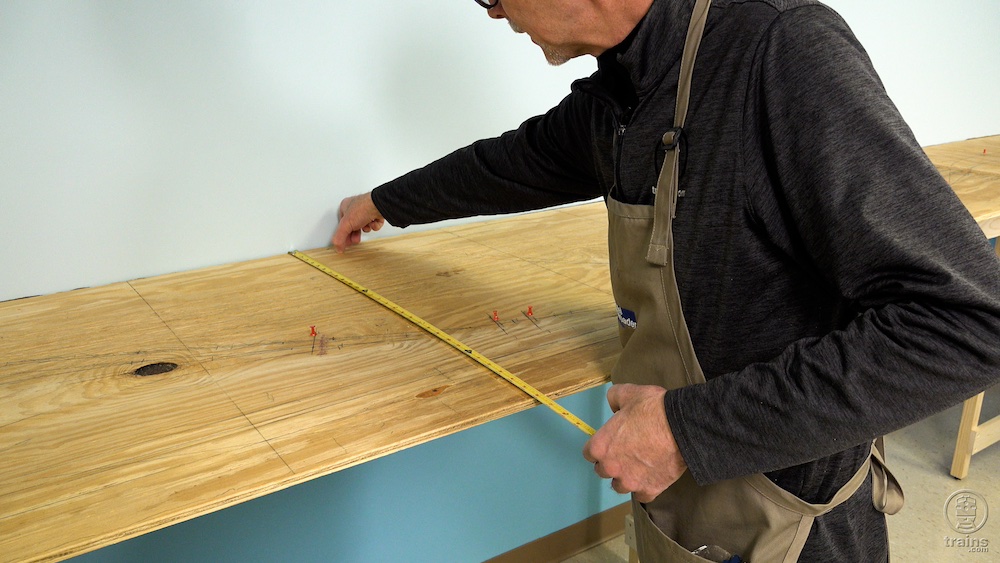
Reach, in model railroading terminology, is how far you can comfortably stick your arm into a scene without damaging the layout. Planning for reach is essential when designing a layout, as eventually you will need to dust, fix, change, or maintain one or more scenic features once it is built. The maximum depth the average […]
Read More…

The Lionel No. 773 4-6-4 Hudson steam engine and tender from 1950 did much to revive the passion dedicated O gauge modeler Walt Urban Jr. has for toy trains. He reminds us that hobbyists who grew up during the 1950s will remember the annual holiday shopping season as being particularly nostalgic. Like him, many of […]
Read More…

Evaluating subroadbed options| When it comes to building a new model railroad, the foundation you use to support your trackwork and scenery is especially important. Taking numerous factors under consideration (e.g., cost, easy of use, durability, etc.), expert layout builder David Popp shares info and insights you need to know before making your choice! You […]
Read More…
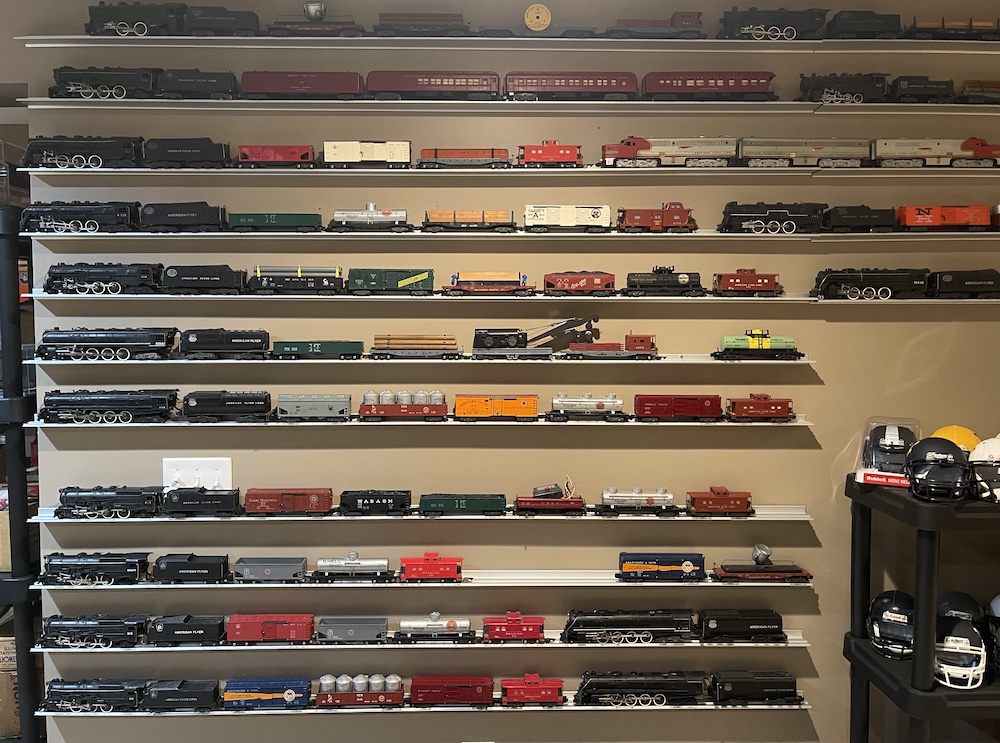
What do I collect? I collect S gauge Gilbert American Flyer, as it’s the scale and brand with which I entered the model railroading hobby. I have always enjoyed S gauge, as the size is nice and Gilbert American Flyer enjoys a great history and loyal, albeit somewhat small, following. When did I start collecting? […]
Read More…












